What to sow, plant and prune in the garden this April
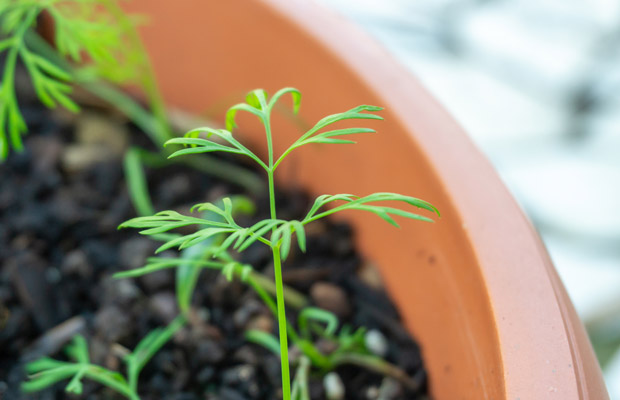
It’s time to start sowing cool-weather crops.
Words: Jane Wrigglesworth
Plant seedlings of Chinese cabbages and lettuces; in colder regions, plant in a tunnel house.
If you have trees on your property, autumn leaves are probably plentiful right now. Rake them up, place in a black plastic bag, poke a few holes in the bag to allow for air, and set aside. They will rot down to create leaf mould, an excellent soil additive.
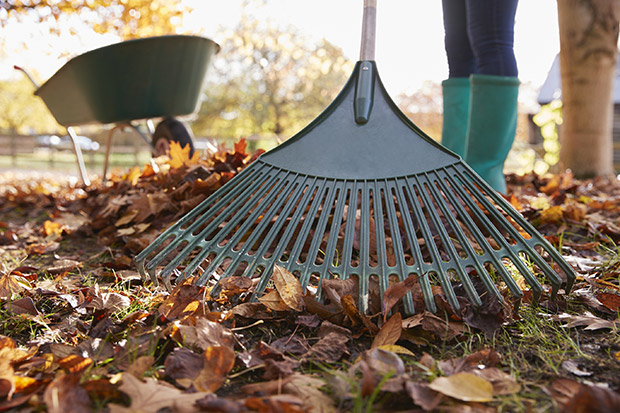
Try your hand at making your own potting mix with Shirley Hibberd’s recipe from The Amateur’s Greenhouse and Conservatory (1875). “…a bushel (36 litres) of the loam, a peck (9 litres) of leaf mould, a peck of the powdery manure, and half a peck (4.5 litres) of silver sand, and proceed to chop them over and mix them with the trowel, throwing out all large stones as the mixing proceeds. If this is well done, the compost will be ready and will suit perfectly nine-tenths of all the plants you are likely to cultivate.”
Plant an Asian stir-fry garden of bok choy, garland chrysanthemum (shungiku) and the mustardy mizuna and mibuna. All are cold-hardy, leafy greens.
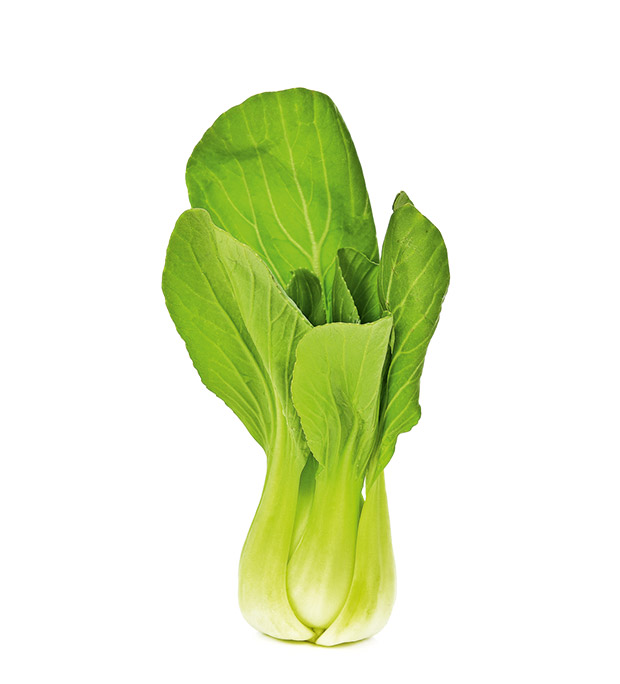
Confused about when and how to prune your raspberries? If they were summer-bearing (January-February), remove the canes that fruited this season as they won’t fruit again. Retain the smaller canes that didn’t fruit as they will fruit next summer. For autumn-bearing raspberries, cut plants right down to the ground after harvesting.
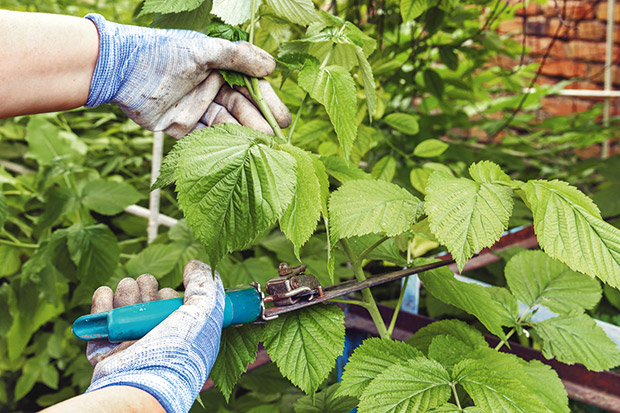
Take hardwood cuttings. Blueberry, currant, lavender, rose, hydrangea, hebes and cuttings of other woody shrubs can be placed directly in the ground or into a free-draining growing medium. Cut it just below a leaf node and then trim the top off just above a leaf node, so the whole cutting is about 30cm long. Remove most of the leaves and dip the ends you will plant in rooting hormone.
Sow beetroot (in milder areas), broad beans, carrots, radishes and spring onions directly
into the garden.
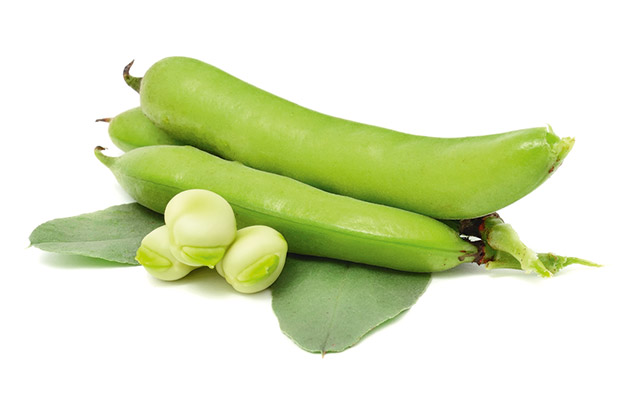
Sow snow or sugar snap peas. Snow peas have flat pods, while sugar snaps have fatter, more rounded pods. You can eat them whole, pod and all. They’re great fresh in green salads or used in stir-fries. Pick sugar snaps before the pods are swollen. Mature pods are tougher, and you may need to remove the ‘string’.
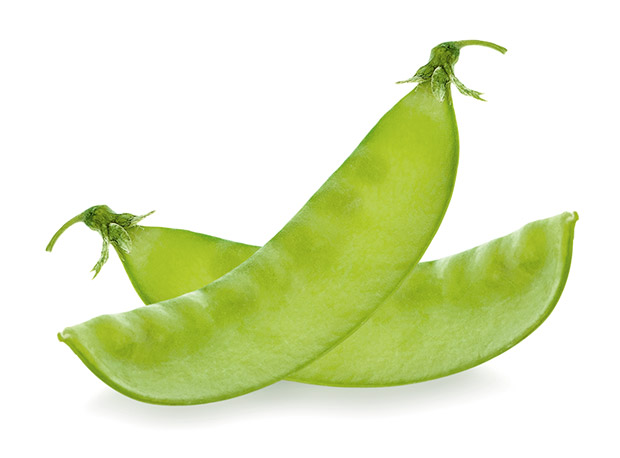
Cabbages should be harvested when the heads are compact and before they split open. To keep mature cabbage heads longer in the garden, cut the plant’s roots with a spade, or pull the plant upward and gently twist to break some of the roots. This reduces water intake; excessive water uptake leads to splitting.
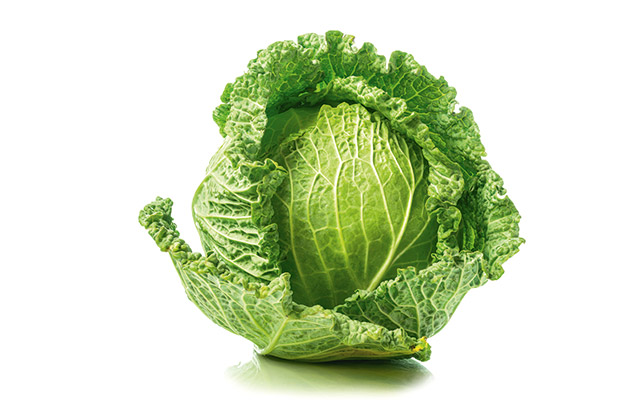
Think spring. April is the best time to get tulip and daffodil bulbs in the ground. One is easier to grow than the other, but both are well worth it.
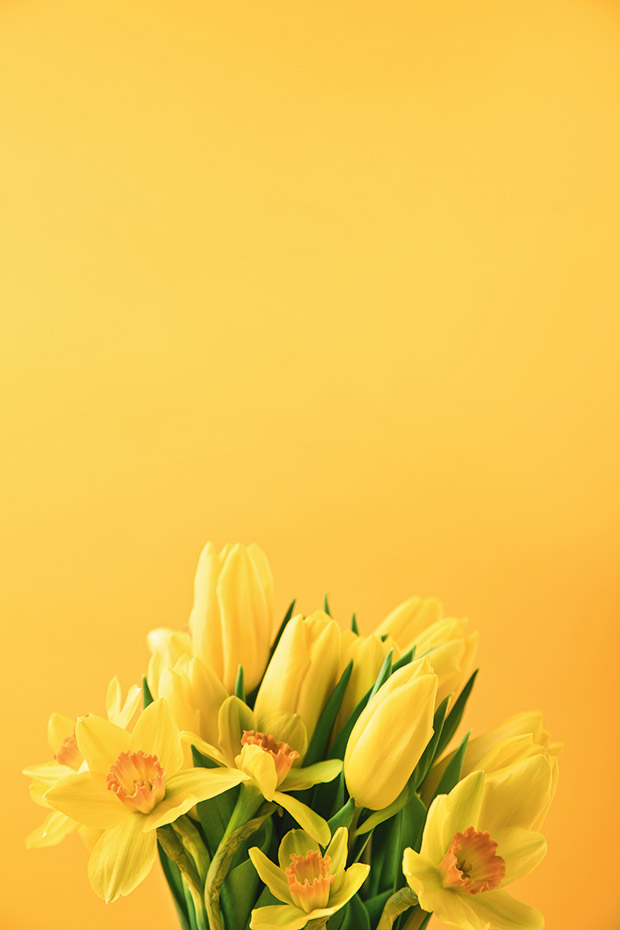
Love this story? Subscribe now!
 This article first appeared in NZ Lifestyle Block Magazine.
This article first appeared in NZ Lifestyle Block Magazine.
